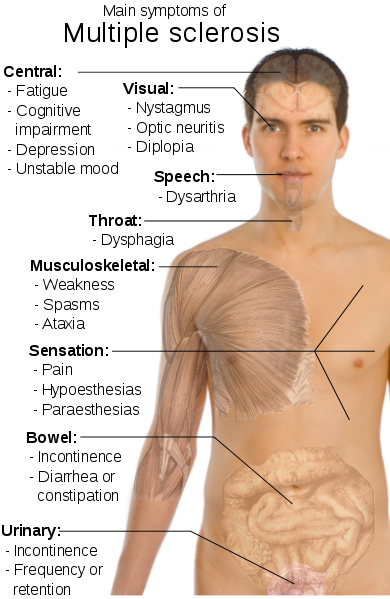
Low blood sugar, otherwise called hypoglycemia, is a problem that is incredibly common in people. while many people are known for having low blood sugar, it is rarely an illness that is without other illnesses acting with it. Typically, it influences people who are either very young or very old, but it has been known to have an effect on people of all different ages. Hypoglycemia, generally, is defined as a serum glucose level below 70mg/dL.
When the serum glucose level drops below 50mg/dL in blood, there begins to be damage in the brain. The reason for this is the fact that glucose is the energy for the body. So many of the body’s functions require glucose so when the blood sugar is low, it can be problematic. To regulate the body’s blood, it uses hormones such as insulin to ensure that blood sugar is not too high. on the flip side, to produce more glucose, the body uses glucagon to make more from food.
Symptoms of Low Blood Sugar
There are typically three stages of symptoms for those that have hypoglycemia. The first set is very typical symptoms of lots of different illnesses, so it can be difficult to pinpoint it. it is important, though, to ensure that stage two is caught because stage three is death.
- Trembling
- Clamming Skin
- Palpitations
- Anxiety
- Sweating
- Hunger
- Irritability
If you are consistently hungry even after eating very large meals, there might be something that is not being processed (the glucose) and it is important to get that checked out. Once the brain begins to lose out on glucose, the following symptoms can begin to appear:
- Difficulty making thoughts and getting thoughts out
- Confusion
- Headaches
- Seizures
- Coma
The simple truth is that glucose is necessary for the body. without it, the body cannot produce energy. The way it works is simple. The body takes glucose and through different cell processes known as the Kreb Cycle and electron transport, the body turns that glucose into ATP which can then be used as energy. without glucose, there is no ATP. without ATP, organs begin to die. Once the brain begins to die, there is no going back.
After the coma has gone on for quite some time and there have been consistent periods of time where the individual is unconscious, the chronic hypoglycemia might result in death. Because of this, it is imperative that the individual go to the doctor when they begin noticing the symptoms described in phase one. going to the doctor too early is better than going too late.
Share and Enjoy:
Tags: Low Blood Sugar Symptoms
This entry was posted on Wednesday, April 27th, 2011 at 6:08 am and is filed under Uncategorized. You can follow any responses to this entry through the RSS 2.0 feed. You can skip to the end and leave a response. Pinging is currently not allowed.